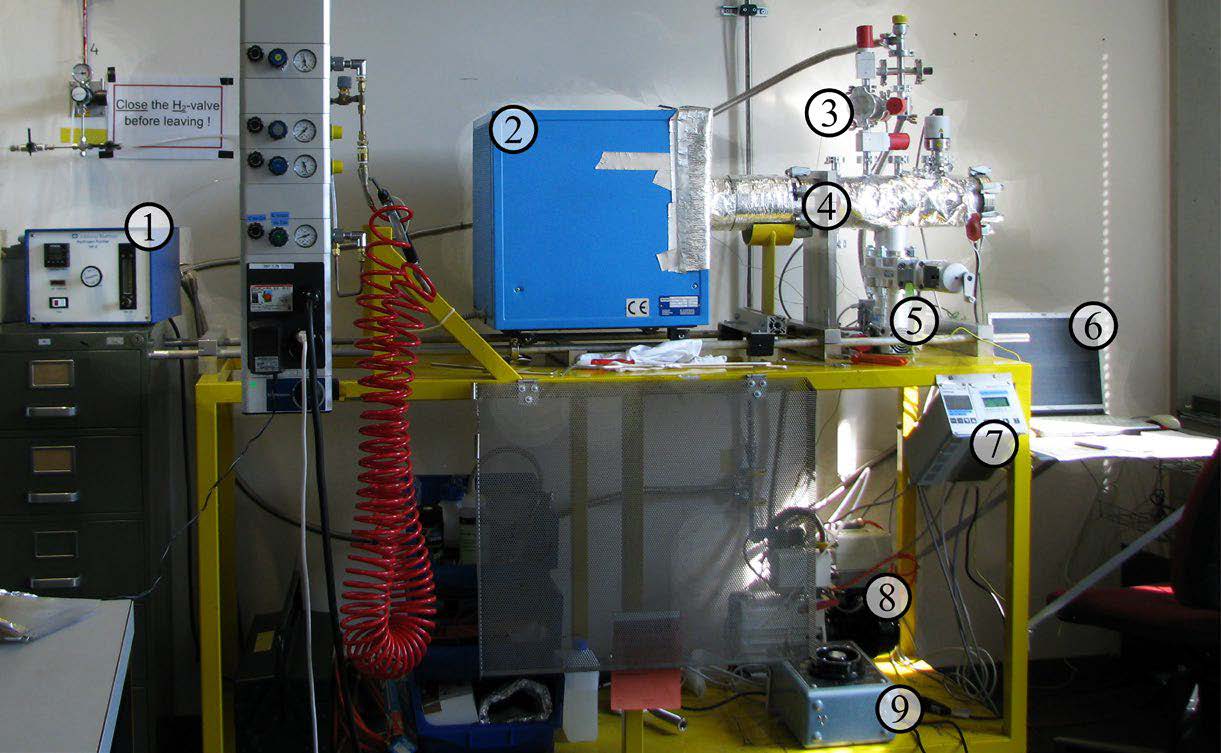Hydrogen degassing of zirconium under high vacuum conditions

Micro-mechanics techniques such as nano-indentation and micro-pillar compression can be applied to study hydrogen-charged zirconium alloys at elevated temperature which is of high relevance for the nuclear industry. Such experiments are often conducted inside a scanning electron microscope (SEM) under high-vacuum conditions (10-5 mbar). The combination of high temperature and high vacuum environment cause some hydrogen to escape from the sample into the chamber. While this effect is evident at temperature above 600 °C (e.g.[1], [2]), the extent of hydrogen desorption at lower temperatures is still unclear.
In the presented study, the desorption of hydrogen has been studied in zirconium cladding tube material in conditions of temperature and hydrogen content comparable to the ones faced by spent nuclear fuel during dry storage. The measured hydrogen loss due to the high vacuum has been compared to the simulations obtained using an extended version of a hydrogen behaviour tool developed at PSI.
Francesco Fagnoni
Laboratory for Nuclear Materials, PSI
francesco.fagnoni@psi.ch